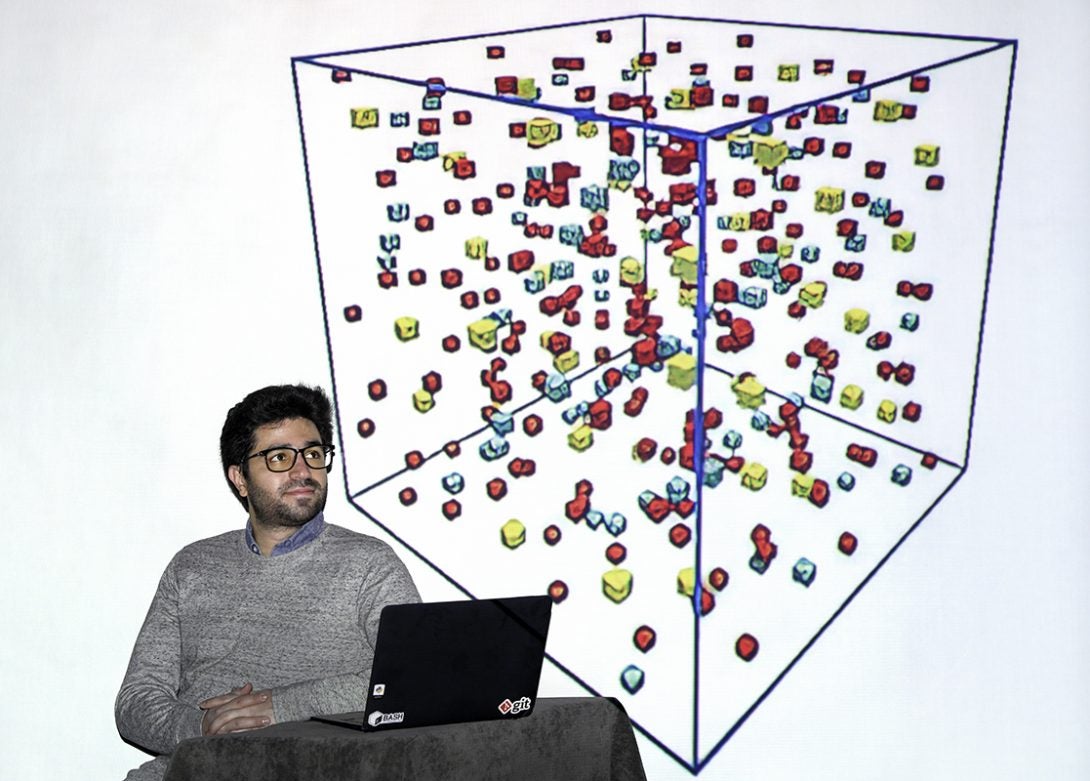Using deep learning to develop new materials

To develop faster computers, batteries with higher capacities, and lighter and stronger automobiles and airplanes, scientists are working to discover and synthesize new materials with high-performance properties.
But the number of atom combinations that could compose new materials is nearly unlimited, which makes the discovery process time consuming and expensive. To speed up the process, scientists are using theoretical models and computers to explore all the possibilities and disregard materials that are not desirable.
Ali Davariashtiyani, a PhD student working under the direction of Assistant Professor Sara Kadkhodaei in the Computational Materials Research Lab at UIC, has developed a data-driven deep-learning model to help researchers identify easily synthesizable materials.
Their findings were recently published in the journal Communications Materials.
“We need to identify novel materials that are easily synthesizable, which is made simpler and faster with the guidance of the software package we developed using machine learning techniques,” Davariashtiyani said. “Our model will predict how likely it is to synthesize a new combination of elements in a new crystal structure based on information it derives from previously synthesized or formed materials.”
The problem of synthesizability is not new, but much of the research on this issue is limited to a specific type of crystal structure.
“My research is broader compared to other similar research,” Davariashtiyani said. “The way that I tackled the issue was with deep learning, and we’re presenting crystals in 3D images, which is something that has never been done.”
Davariashtiyani has been passionate about computer programming since he was very young, and while he was working on his master’s degree, he minored in computer science. Now, the PhD student in materials engineering is using his knowledge to help develop new materials.
“When I got to UIC, I found the capacity to use the knowledge that I had in computer science, especially in machine learning, and I brought it to materials engineering,” he said. “I think there is a great opportunity for the materials science community to implement machine learning and data science to further their contributions.”